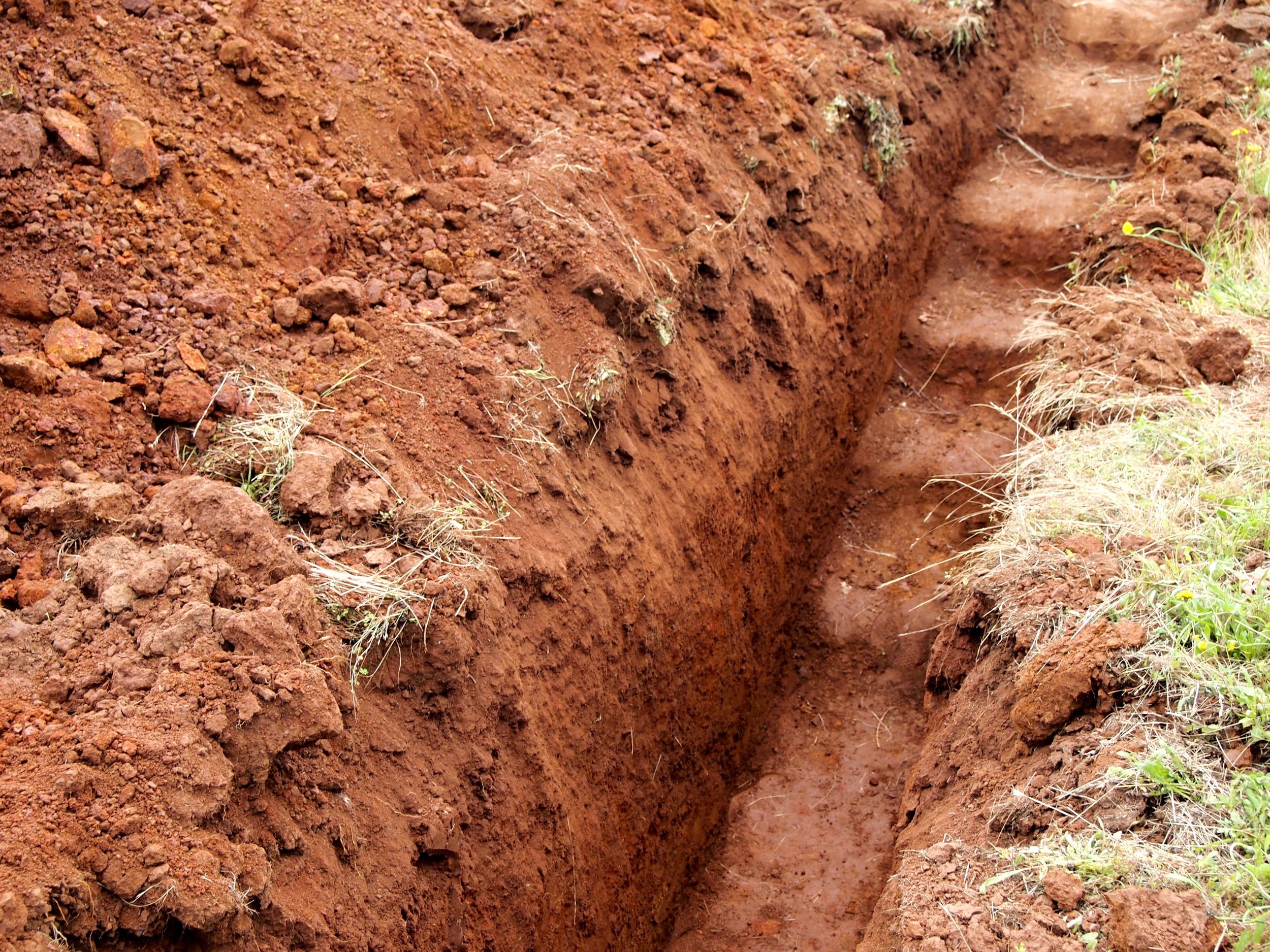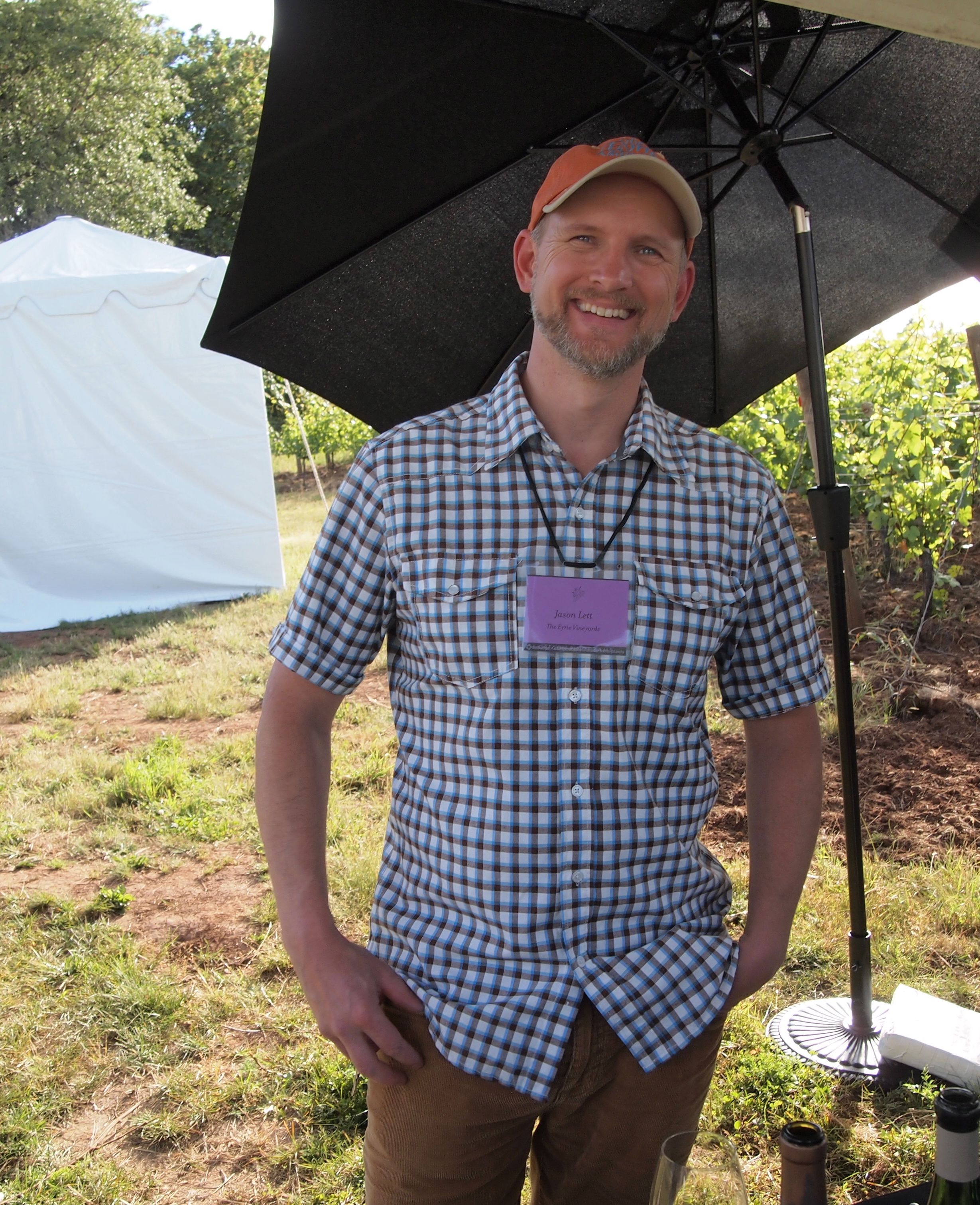In late June, I participated in the Oregon Pinot Camp, a three day event for ~270 participants from the wine trade. The Oregon Wine Board also took us foreigners on for a few extra days, visiting wineries not a part of the OPC this year. The Camp is a huge events with seminars, tastings and workshops all focused around Pinot Noir and its expression in the Willamette Valley. The event is very casual (not many suits or ties to be seen) and the hosts made a great job of making us feel welcome. Even though I work a lot with American wine I realized beforehand that I had no clear image of what Oregon Pinot Noir really stood for. The supply that reaches our shores are far from stable, and I can almost never keep a wine on the list for a full year, let alone keep older vintages. This means my perception of the wines on the whole have been marred heavily by a handful of producers and a few vintages. I am not sure that I will have an easier job generalizing about Oregon Pinot now. It is obvious that the region is extremely diverse, and still finding its way as well. Vintages play a huge role, as do winemaking philosophies. If anything can be said, I think the Pinot Noirs in general are a tad more balanced and a bit more bright than their Californian counterparts, although California surely has had more time, experience and money to figure out how to best use its terroir. My belief is that Oregon has the potential to make better Pinot, even though they might not be there yet.
I am so grateful for the opportunity to visit Oregon and being able to meet its dedicated winemakers. I was blown away by the beauty of the landscape and the friendliness of the people, which to an outsider seems much less polished and fake than the Californian equivalent. The quality of produce and food was excellent, and the commitment to sustainability across the whole state is admirable. Oregon is definitely going on the list of places I could see myself moving to and perhaps trying my hand at making wine.
Since media generally isn’t allowed to the OPC, I will not try to take on its role and write a full report. I will rather leave you with some images and thoughts that I hope can capture some of the beauty of the place and its wines.
In general, the wines show high quality and greater potential. However, there are too few wineries really able to take the lead and show the way forward. There is a palpable sense of necessity that you don’t really get in California. All wineries everywhere have to make money, but there certainly is a difference if you are an IT mogul retiring into winemaking, hiring the best consultants money can buy to do all the work, or if you and your family moved out to the countryside, built a house and are trying to figure winemaking out for yourself.
Too many winemakers seemed to be spread thin, making wines for perceived audiences at pre-decided pricepoints. Perhaps I am coming from a privileged position, but this is prevalent throughout the wine world, and only great producers seem to be able to transgress this barrier. This is perhaps better illustrated with the other varieties grown here, but applies to Pinot Noir as well. I encountered too many bland Pinot Gris wines with generic fruit flavors, 11 g/L residual sugar, set to be sold at the same price point as everyone else’s Pinot Gris. Too many “Dry Rieslings” with 15 grams residual sugar “because that’s what the customers want”. Too many Chardonnay’s with cliché oakiness and full malolactic butteryness. Stand-outs were few.
Too few winemakers seemed to have the nerve (or perhaps the financial capacity) to say “To hell with it, I’ll make the best god damn wine possible and charge what it’s worth!”. Those that do, like Jason Lett (Eyrie Vineyards), Maggie Henderson (Antica Terra) or Michael Etzel (Beaux Frères) not only make the most exciting wine, but are also building and lifting the reputation for the region as a whole.
A note on vintages: We were warned several times in an almost apologetic way about the 2011 vintage as being tart, acidic and underripe. I could not disagree more. 2011 looks to be a beautiful vintage, for those producers who knew how to handle it. As for Pinot, the wines are light in style, with lovely red fruit and spice notes. I did not find many bad examples at all, on the contrary, the 2011's are great pretty much across the board. Chardonnay seems less successful, with most producers going the route of trying to put more make-up on the wine to make it accessible earlier. In my opinion it has only served to make them disjointed. I’ve noted my standouts below. 2010 also seems reliable across the board, while I find many of the 2009 wines a bit too warm for both reds and whites, but certainly pleasing in the short term.
In closing: Thanks so much to the Oregon Wine Board and the Oregon Pinot Camp for a fantastically well organized, fun and educational Camp. This definitely ranks among the very top wine trips I have been on, and I would love to come back one day.
These are some of my top picks from Oregon (not all of them were at the OPC):
Antica Terra – Huge, intellectual Pinots and beautiful, crisp Chardonnay (standout in '11).
Beaux Frères – I had previously put these wines off as too made-up, but was surprised to find real elegance and beauty here.
Bethel Heights – later vintages promising across the board.
Cristom – Proponents of whole cluster fermentation. Great, elegant wines that age fantastically (we had a 1996 auction reserve on the last evening which was just spectacular, and no where near full evolution).
Evening Land - Powerful Pinot and elegant Chardonnay. Employs Dominique Lafon as a consultant.
The Eyrie Vineyard - The pioneer. Classic style. Regularly releases old stock.
Johan Vineyards – Cool project by Norwegian ex-pat. Very much into biodynamics and funky wine.
Lemelson Vineyard - Surprised with the evolution of this domaine. Very good across the board.
Montinore Estate – Great, honest biodynamic wine.
St. Innocent - Serious stuff. Very elegant and structured wine.
Stoller – Good value wine. Great Chardonnay in 2011.
Copper Mountain – Great Chardonnay and Pinots. Funky no-sulfite “Life” Pinot for those that are into that.
Soter Vineyards – Juicy and great value Pinot.
Thomas Vineyard – Fantastic cult Pinot. Worth it if you can get your hands on it.






